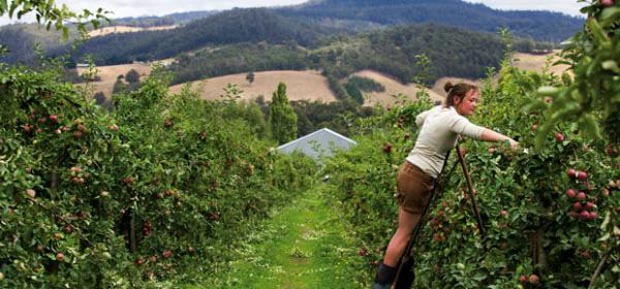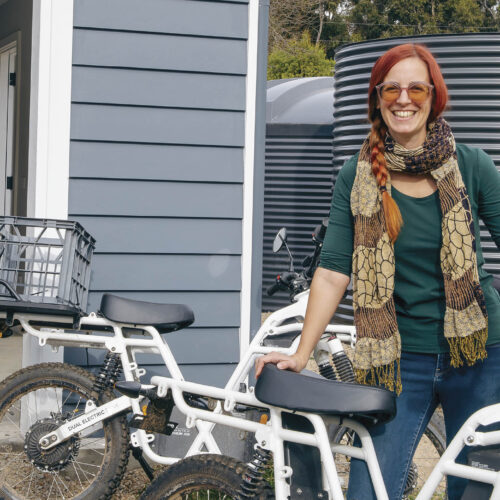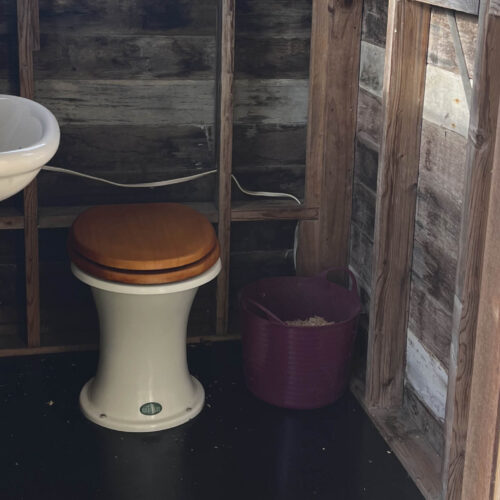Peter Cooper’s cider making
2013-03-27T06:15:21+11:00
Peter Cooper, of Wychwood Nursery in Tasmania, provides information for those thinking about home cider making.
Peter Cooper of Wychwood Nursery in Tasmania, sent in this description of home cider making.
I have been making cider for nearly 10 years, each April to May at the end of the apple harvest season, using any surplus fruit (including windfalls). We have over 40 heritage apple varieties here at Wychwood, ranging from Esopus Spitzenberg (American dessert variety) to Cat’s Head (English cooker from 1600).
I bought an Italian crush which a local farmer mechanized so I don’t have to hand-turn to pulp the apples. They are fed into a stainless steel hopper (see image) and then fed through stainless steel blades which cut the fruit, followed by two rollers which further break it all into the aforementioned pulp.
The pulp is collected beneath this machine in a tub and poured into an oak lined press for crushing. The press is similar to ones used as backyard grape presses and it, too, is from Italy. Both machines came from a Melbourne brewing supplier.
Once juice is collected in 35 litre or sometimes 65 litre containers (depending on volume of fruit for pressing), I add yeast nutrient and Champagne yeast for initial cold fermentation (with airlock), which often takes 6-8 weeks to finish.
Juice is then racked into a clean barrel for another couple of weeks, leaving behind spent sediment. The juice is then bottled into old 750ml Champagne bottles with one teaspoon of sugar. The bottles are sealed with oversized beer bottle caps which fit Champagne bottles and can be sourced from brewing outlets.
Sugar content encourages secondary fermentation in the bottles as the weather warms up in spring. Old wives’ tales theorized that some miraculous communication took place in the bottle between cider and apple trees as this fermentation tended to roughly coincide with apple trees flowering, but it was merely the result of weather warming up.
The finished cider is ready for drinking around Christmas onward, but improves markedly over 1-3 years before suddenly losing quality.






